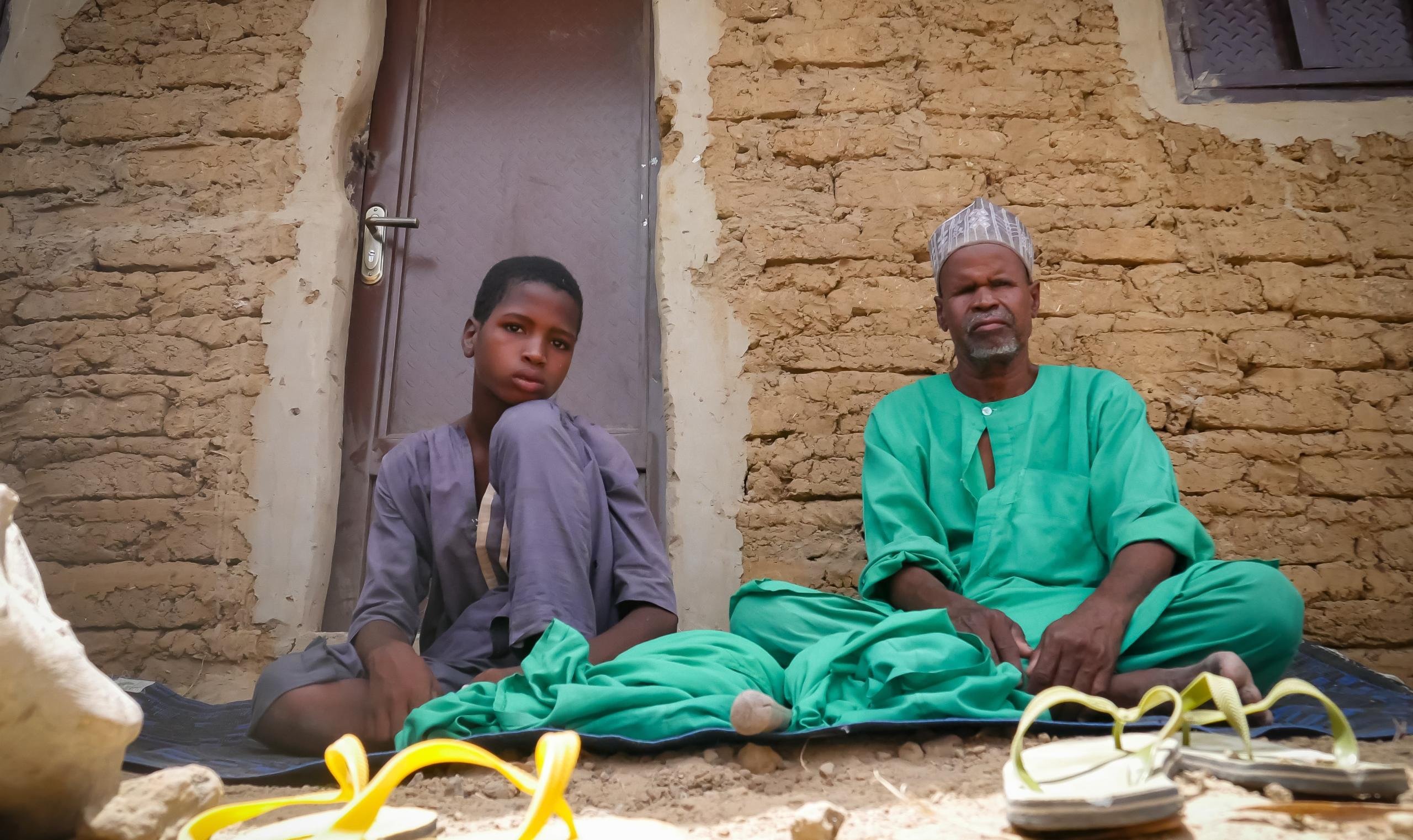Electrical towers have been blown up. Carcasses of torched cars litter the streets. Petrol stations are abandoned. Houses have become hollowed out shells; their roofs strewn on the ground. These scenes of destruction are stark reminders of the intense battles between insurgents and the Multinational Joint Task Force in Damasak, captured by Boko Haram in October 2014.
Damasak was eventually retaken by the military in July 2016. Yet, for those who remained, killing and brutality were daily realities for nearly two years. On the surface, Damasak is gradually returning to normal, but the ruins of the city are a lasting reminder of the conflict. According to an assessment conducted in Damasak by the Norwegian Refugee Council, about 30 per cent of buildings were totally destroyed, with 60 per cent partially destroyed, by the time humanitarian agencies reached the town.
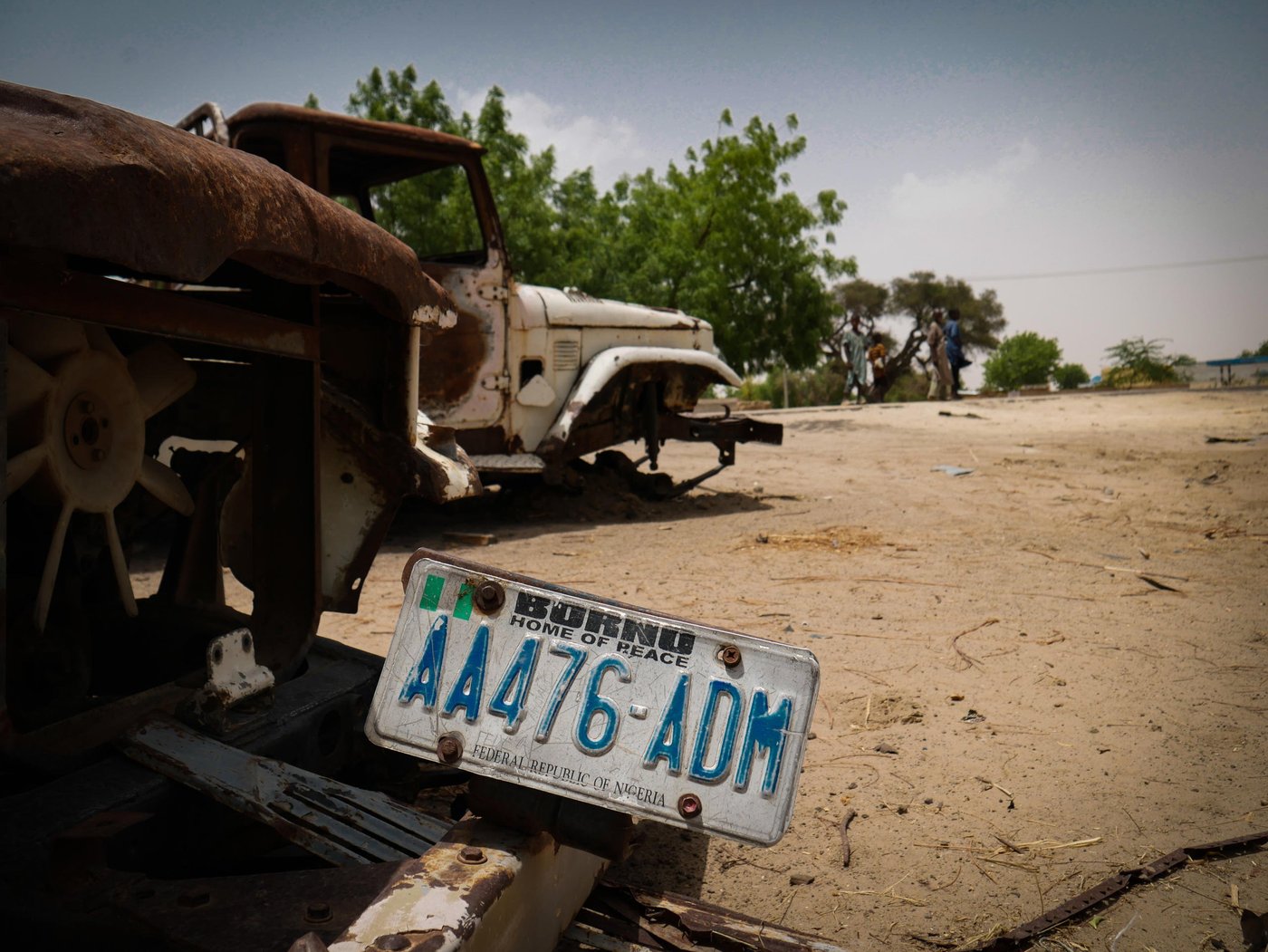
Damasak is a historic trading town in Borno state and a vital part of the region's economy. When insurgents entered the city in October 2014 many of the residents fled to Niger, about 25 kilometres away, leaving behind their homes and livelihoods. Some were not so lucky and were shot where they stood, returning residents recall.
Hassana’s husband was among them. He didn’t survive the attack. Alone with her son and daughter, Hassana crossed the Yobe river, separating Nigeria from Niger. She lived in a camp in Gagamari, south-eastern Niger, for two years.
Newly widowed and unable to provide for her children, she thought they stood a better chance of surviving in Nigeria. So, they returned to Nigeria and headed to Kebbe state. But even there she continued to live in extreme poverty and destitution. Hassana and her children began begging on the streets for food.
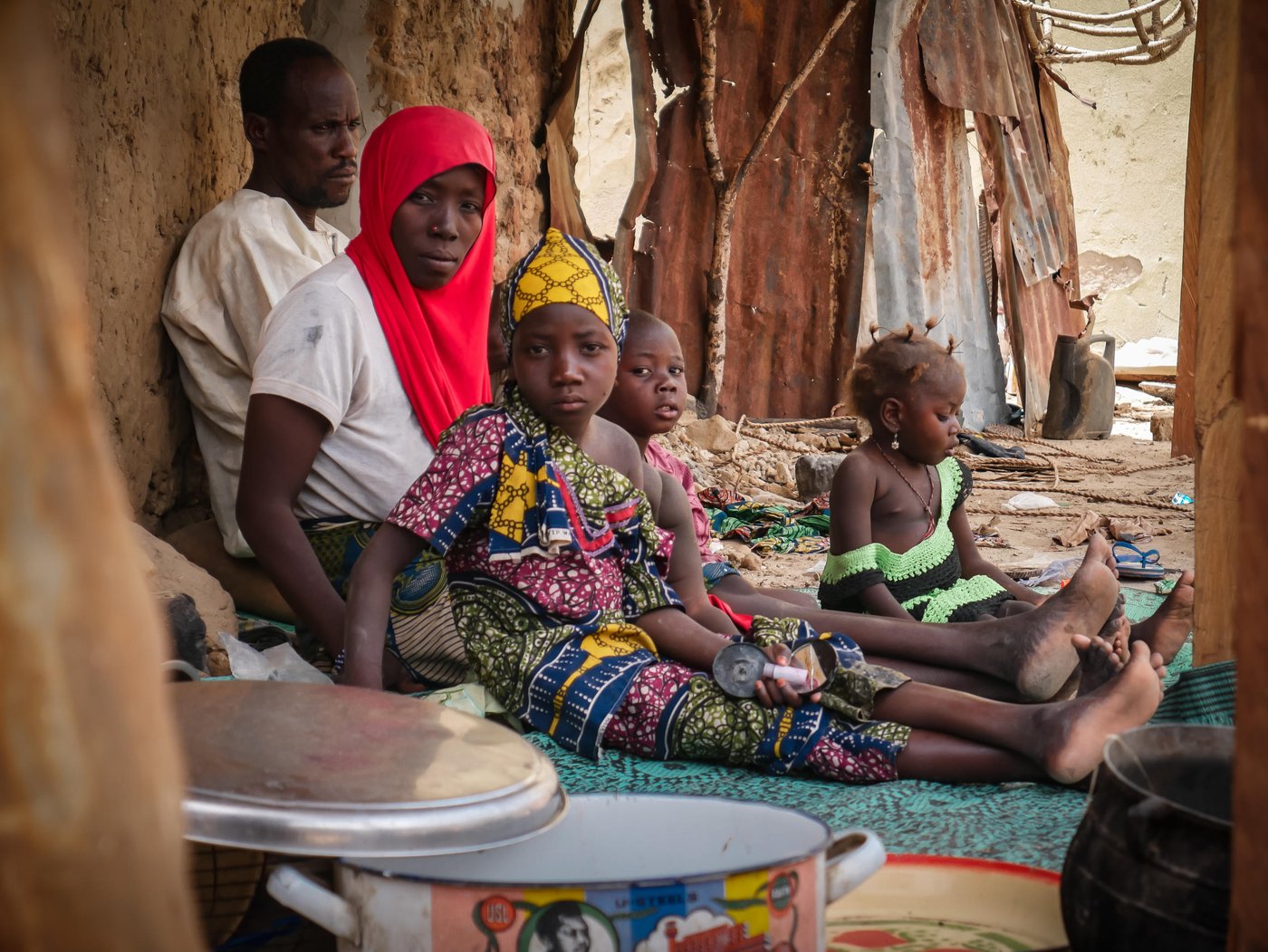
Last year, she decided to return to the familiar surroundings of her home in Damasak. Instead, she was greeted by a city in rubble that she barely recognised. The walls of her home were covered in soot and it was missing a roof, windows and doors. Hassana had since remarried. Together with her new husband, she began building a temporary shelter for her family. She used debris from the old roof and other materials salvaged from the ruins.
Earlier this year, Hassana was able to rebuild her house after receiving assistance from the Norwegian Refugee Council. Our shelter team installed a new roof, doors and windows. Hassana and her family now have a home. But they remain without income in a town where the economy has yet to recover.
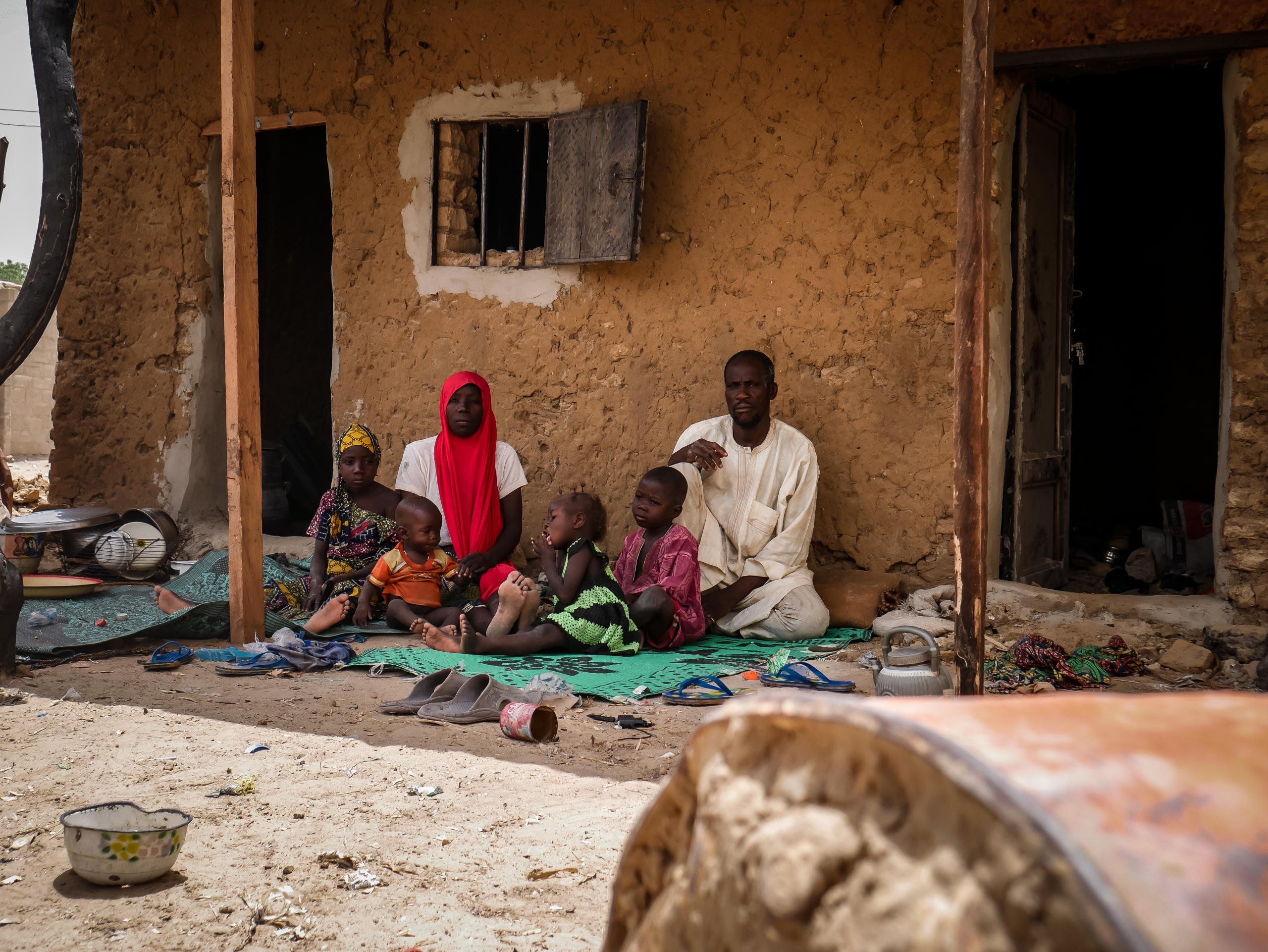


Like Hassana, Lami also returned to Damasak after fleeing to Niger four years ago. A mother of five, she lost all she had left behind when Boko Haram insurgents entered the town. Determined to restart her life, and that of her family, she built a makeshift shelter by piecing together a large plastic sheet, bits of ropes, four pieces of thick wood serving as pillars, and a bed cover as a door. This was her only shelter for three months, until we were able to support her in rebuilding her home.
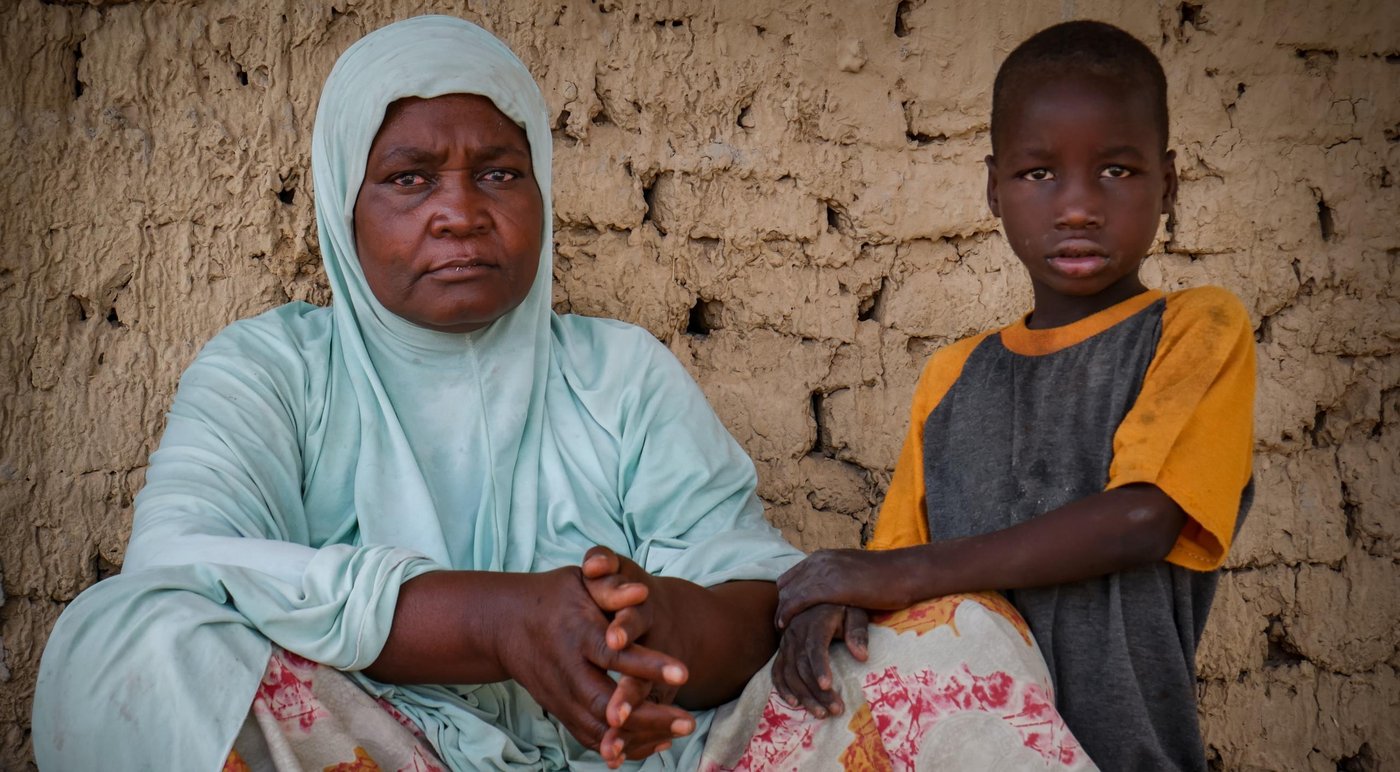
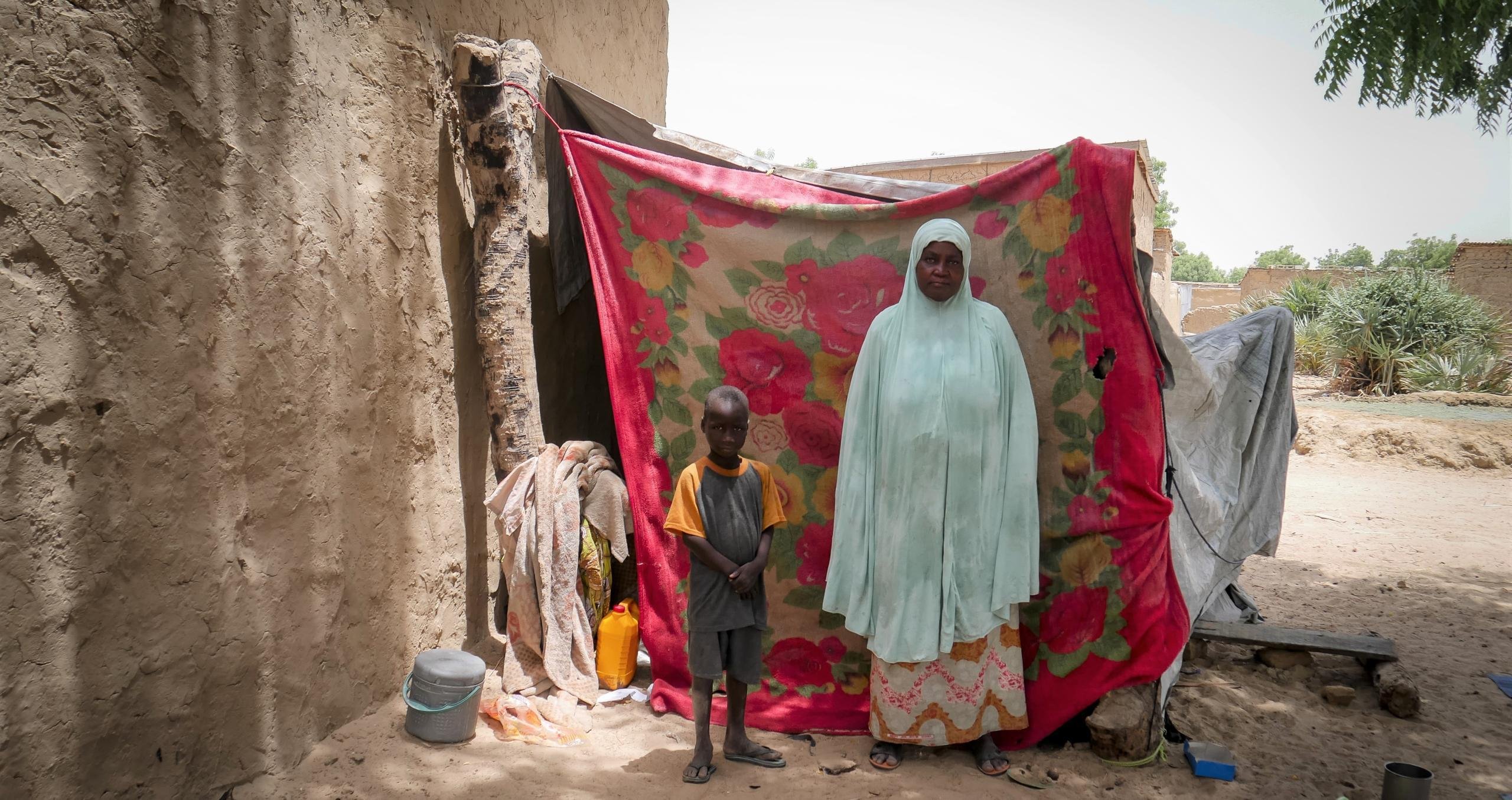
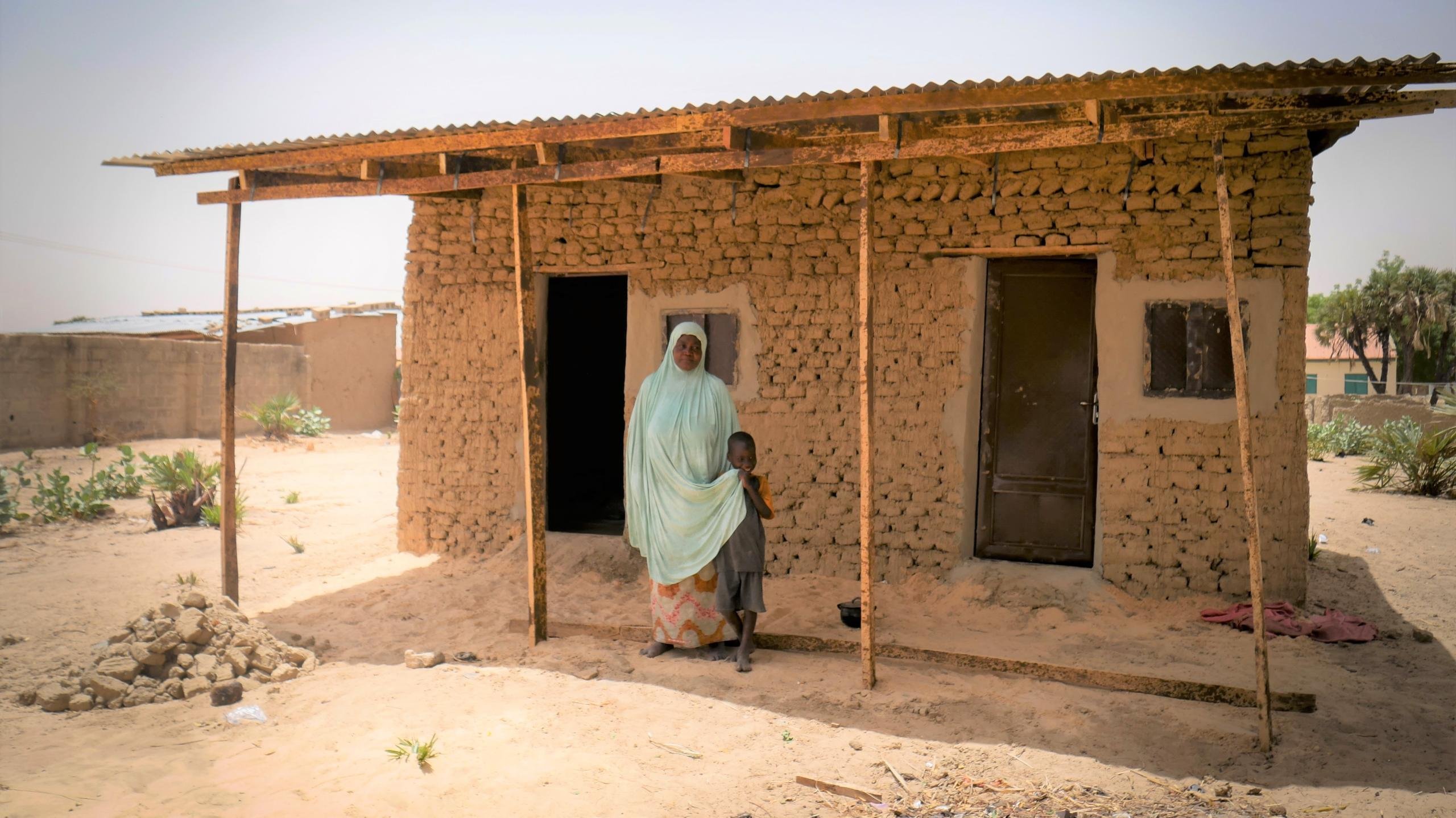
Hassana and Lami’s stories are not unique in Damasak. Nearly every person in this town wants to rid themselves of painful memories associated with death, violence or the disappearance of a relative they may never see again. To this day, hundreds of children remain missing.
On 24 November 2014, at least 300 students – though residents say more than 500 – were kidnapped by Boko Haram insurgents in Damasak. This happened just a few months after the kidnapping of 276 schoolgirls from the town of Chibok, but received little attention from the international community.
While calm has returned to Damasak, security remains fragile in the north-east of Nigeria. Boko Haram fighters are still attacking both hard and soft targets, including camps hosting internally displaced persons (IDPs).
Local authorities in Damasak have been rehabilitating the town’s infrastructure with the help of international organisations that are also providing food, water, shelter and medical care to returnees.
Markets have slowly re-opened. Merchants are once again selling fruits, vegetables and fish to those who can afford them. Since April 2017, schools have also reopened despite their shoddy state and the lack of basic equipment, such as desks and chairs.
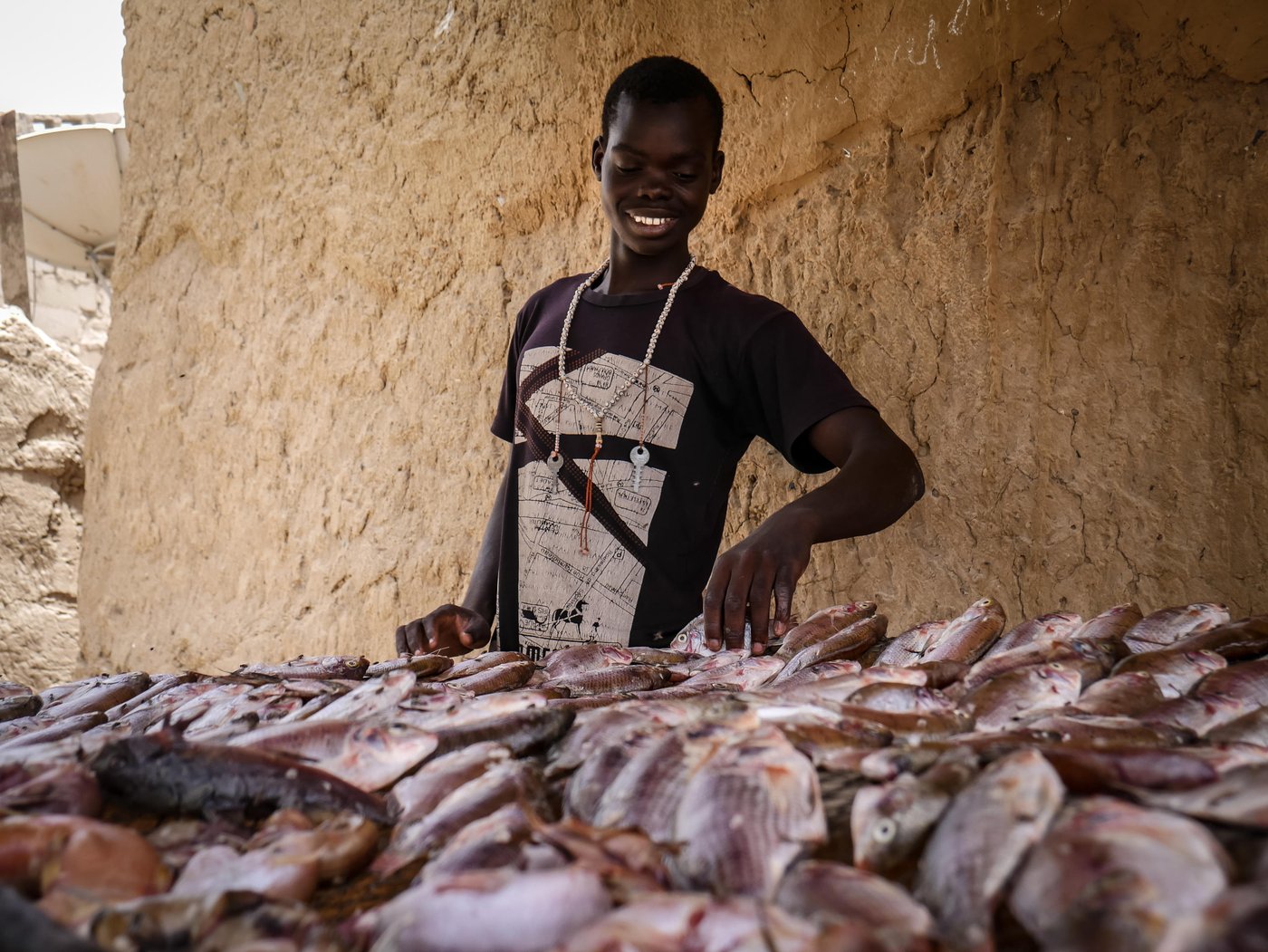
While restoring a semblance of normalcy to their lives, Damasak’s residents live in fear of being attacked again. Mohamadou, a blind man, who fled to Niger with the help of his wife and son confides, “I cannot forget the day Boko Haram came and attacked us. I live with memories of that day and I always fear they could come again.”
Walking around Damasak, it is clear the rebuilding of people’s homes is needed to jumpstart the rebuilding process. But returning Damasak to its former state will only be realised when its economy, as well as the safety of its people, are restored.
